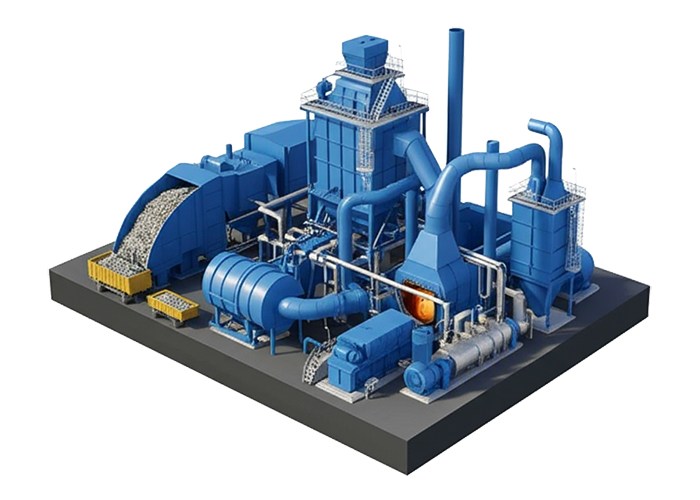The Waste To Energy
The Waste To Energy
Waste-to-energy (WTE) refers to waste treatment technologies that convert waste into energy by using heat, most commonly incineration. Wte is considered a controlled waste management method alongside landfilling and recycling.

Why is Wte important? Dumping tons of waste in landfills destroys habitats, produces foul odors, uses up a lot of space, and jeopardizes the safety of people, animals, and natural resources.
Incinerating municipal solid waste (MSW) to generate electricity is the most common implementation of waste-to-energy. Globally, about 13% of municipal waste is used as feedstock in a waste-to-energy facility.1 MSW includes solid waste such as food waste, product packaging, clothes, furniture and lawn clippings from residential, commercial and institutional sources.
Waste-to-energy can be one of many solutions for the world’s growing waste problem as it can reduce the volume of waste sent to landfills. It can also produce lower greenhouse gas (GHG) emissions than other waste management methods.
Waste-to-energy (WTE) is a process of energy recovery from waste material. Except for hazardous waste, various waste materials are transported to Wte facilities to produce clean energy.
As of 2025, there are approximately 600 waste-to-energy (WTE) facilities worldwide.
A Leading Company in Waste-to-Energy Solutions
Transforming Waste into Sustainable Power, Illuminating the Future with Renewable Energy.
Innovating for a Greener Tomorrow
Converting Waste into Valuable Energy Resources, Paving the Way for a Sustainable and Prosperous World.
